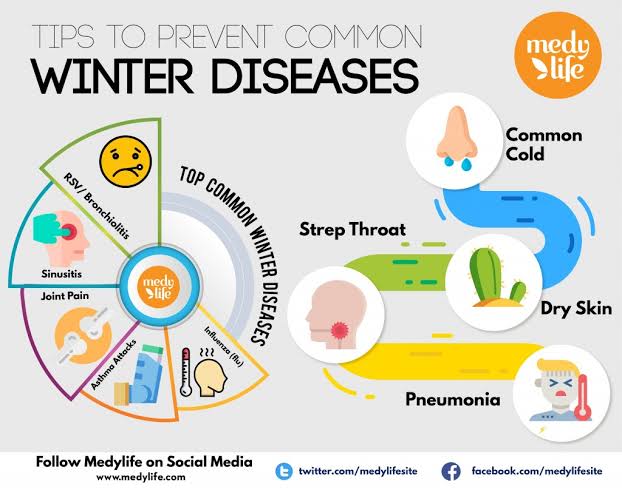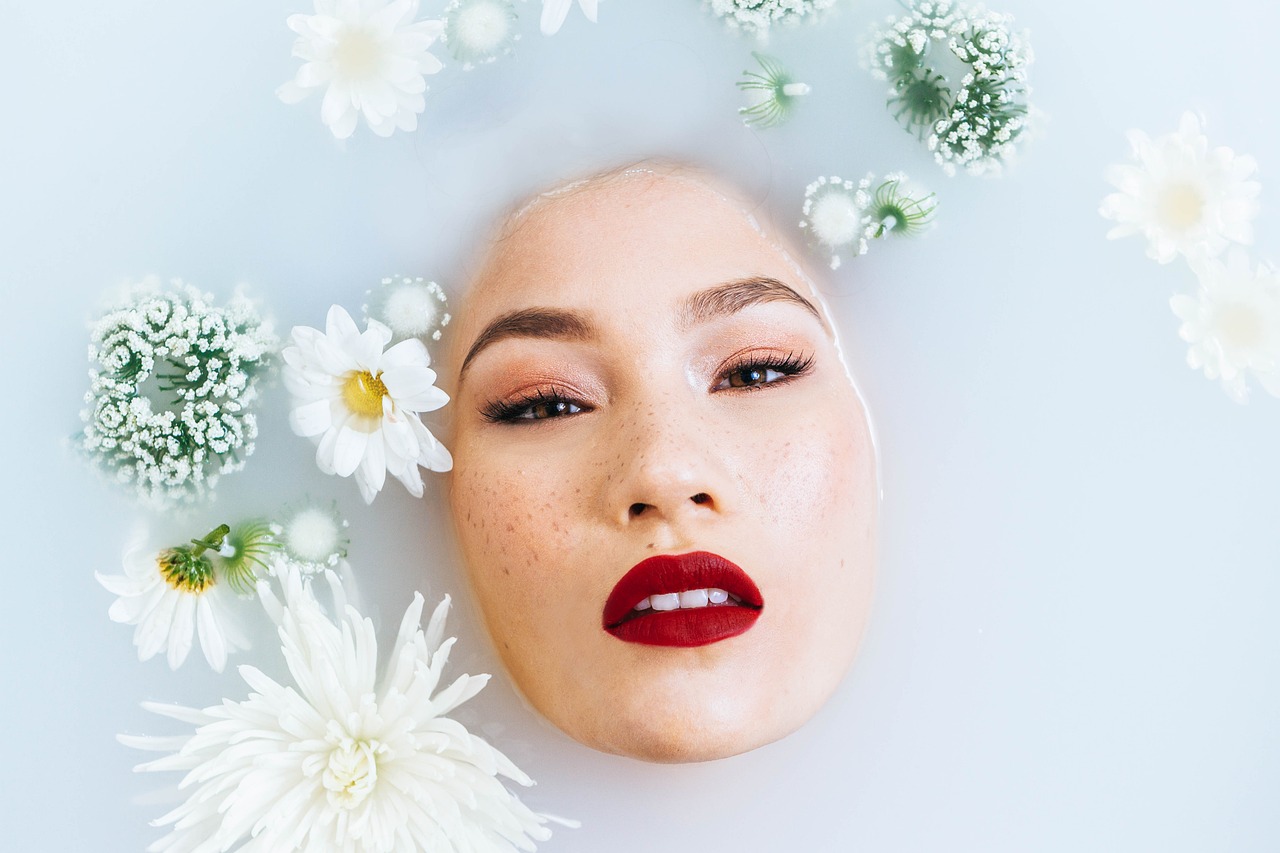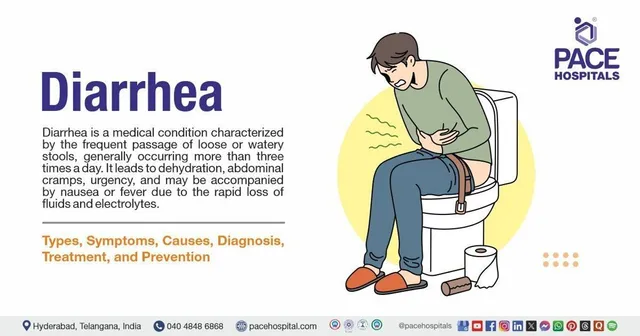
Many women suffer in the winter from some skin diseases that do not appear except in this season and disappear completely in the summer to return and appear again in the following winter. Stimulant for some diseases such as:
* Superficial inflammation of the skin
(crusting):
It appears in the face area, especially around the mouth and hands, and these are the areas that are exposed to the cold weather that loses moisture, and thus the skin becomes very dry, darkens in color, becomes rough in texture, loses its suppleness and cracks, causing severe pain. In some cases, blood may ooze because of these cracks. As for the treatment, it is done by using moisturizing creams or those that contain urea, cortisone compounds, and salicylic acid.. taking into account not to use very hot water on the inflamed areas.
* Oily skin allergy:
It is a chronic inflammation that occurs in the skin and appears as a red rash covered with scales that usually affects the scalp, eyebrows, folds between the mouth and nose, and behind the ear. This disease appears between the ages of 20 and 40 years due to Some yeasts that are called (Petrocerium or Val) are secreted by the body due to stress and excessive nervousness. Treatment is by frequent washing of the scalp using a shampoo that contains (selenium sulfide) and antifungals.
* Psoriasis:
It is also a chronic disease and affects about 2% of people in the winter, and the condition of the sufferer improves in the summer when exposed to sunlight and ultraviolet rays. Digestive system or injury in accidents.. It appears in the form of a spot or a red pill covered with multiple layers of scales in various areas such as the head, knees, legs, lumbar and sacral region of the back. As for treatment, it is with cortisone compounds, tar, and salicylic acid. Acid, vitamin D3, urea and ultraviolet radiation
* Cold urticaria:
It appears in the form of a red, swollen, high-surface rash accompanied by severe itching when exposed to cold and treated with antihistamines.
* Swelling of the fingers: It occurs with redness accompanied by itching at the end of the tips of the fingers, toes, nose and ear. It should be treated with the necessary heating with movement, taking drugs that dilate and stimulate blood circulation, along with taking vitamin C to reduce swelling and improve the capillary wall.
* Toe fungus: This fungus appears due to not drying the fingers after ablution in the winter season. And prevention of it – as confirmed by Dr. Majed Zaytoun – is by using lukewarm water and not too hot with drying the fingers well and using powder antifungal.






